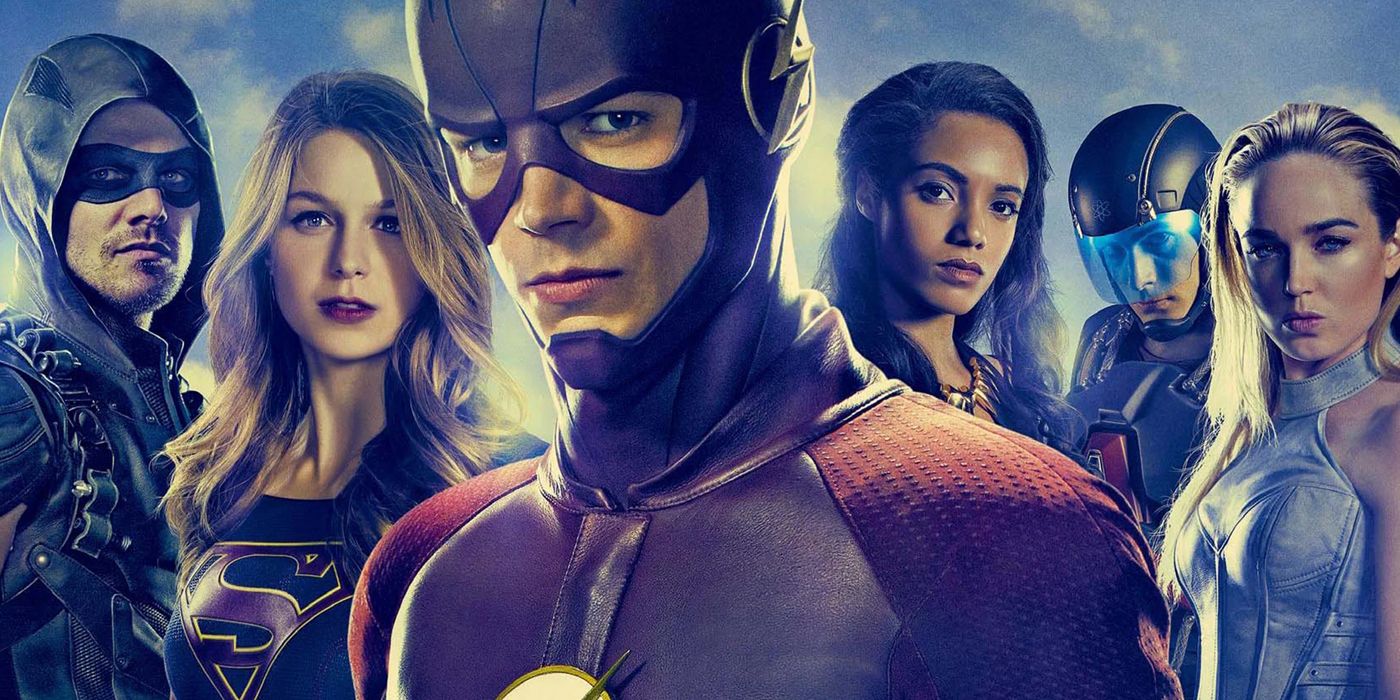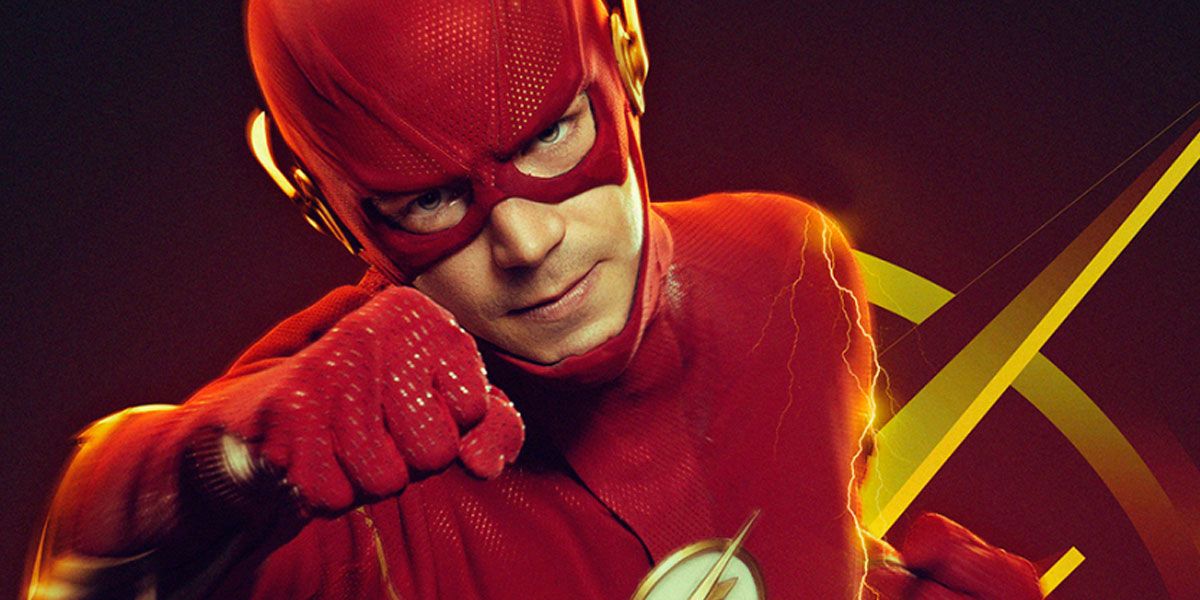WARNING: This article contains spoilers for Season 6 of The Flash.
The Flash has hit the ground running in its sixth season. Following the departure of Nora West-Allen and the defeat of Cicada, two plot threads that ran throughout all of Season 5, the series has finally shaken things up. Instead of featuring a single plotline and "big bad" that run through the entire season, The Flash's latest season is splitting things down the middle. The reason for this is the impending "Crisis on Infinite Earths" Arrowverse crossover. Since the characters know the event is coming, the season is broken up into two separate chapters: one pre-Crisis and one post-Crisis.
Only a few episodes have aired so far and already we've seen the series' characters deal with the notion of the cataclysm that lies ahead. This, coupled with the threat of Ramsey Rosso/Bloodwork, has created a season that, four episodes in, has already proven to be one of the series' best.
With tight pacing and a focus on character development, over these last few weeks The Flash has reminded us that shorter plotlines are much more effective in the Arrowverse.
When the Arrowverse was in its infancy and was limited to only one series, things were different. Arrow's first two seasons were thematically linked but their plotlines were effectively split in half. While Oliver Queen dealt with increasing dangers, the real threat of both seasons was only revealed at the end of a season's first half. This model was also followed by The Flash in Season 1, when the final episode before its winter hiatus revealed that Harrison Wells was the Reverse-Flash.
However, as these series continued and as the Arrowverse grew, we saw a change in storytelling. Instead of half-season plotlines, the various CW series started featuring stories that took a whole year to unfold. Whether it was Flash going up against Savitar and the Mad Thinker, Green Arrow taking on Damian Darhk or Ricardo "The Dragon" Diaz or Supergirl fighting Reign, we've seen plenty of season-long confrontations that have felt drawn-out. This type of storytelling has resulted in plotlines where viewers were simply waiting for the supervillain of any given season to do anything or where there were many confrontations that ended with the bad guy running away until the season finale.
Yet, where the Arrowverse seems to thrive is when shortened plotlines are used. For proof of this, look no further than DC's Legends of Tomorrow. Thanks to its usually truncated episode order, the team-up series has shown that shorter, more concise stories work far better. Even Arrow reminded us of that fact in Season 7, when the first batch of episodes focused on Oliver Queen's time in prison. This type of structure works, because it allows for multiple stories with beginnings, middles and ends to unfold in a 22-episode season.
Recent seasons of the Arrowverse shows have been hit or miss, but Arrow and The Flash are both currently firing on all cylinders. Part of this can be attributed to the upcoming "Crisis on Infinite Earths," especially in the case of Arrow's final, 10-episode season. However, The Flash isn't just splitting its season into two and building up to "Crisis on Infinite Earths" -- it's using the impending crisis as a reason to explore and push its characters into new territory, and in the process, it's holding Ramsey Rosso up as a mirror to the Flash's coming fate.
Even better, we have no idea what will happen on the series following the crossover. This is truly the best time to be a Flash fan.
Airing Tuesdays at 8 p.m. on The CW, The Flash stars Grant Gustin, Candice Patton, Carlos Valdes, Danielle Panabaker, Tom Cavanagh, Jesse L. Martin, Danielle Nicolet and Hartley Sawyer.


